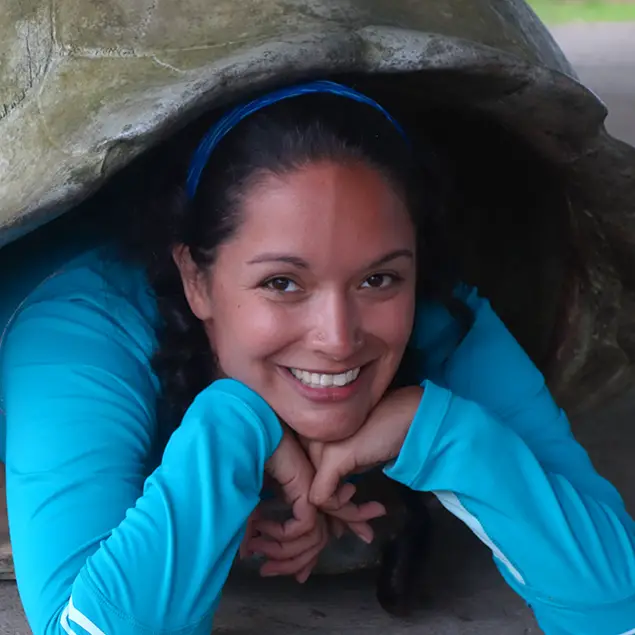More Health Articles:
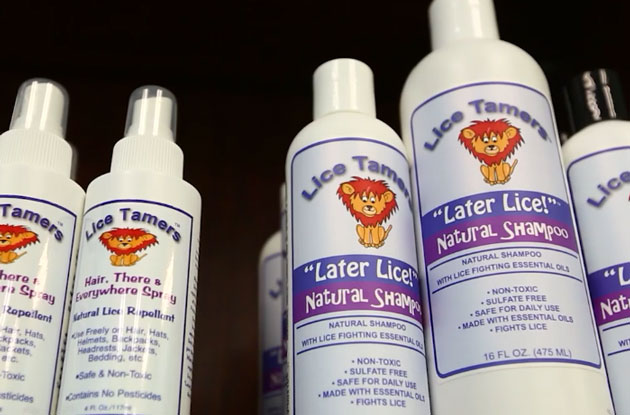
Lice Tamers in Melville Now Offers New Products and Back-to-School Specials
Lice Tamers of Melville is now offering new products and back-to-school specials. It recently started using Dimethicone based products, which is a nat...Latest News:
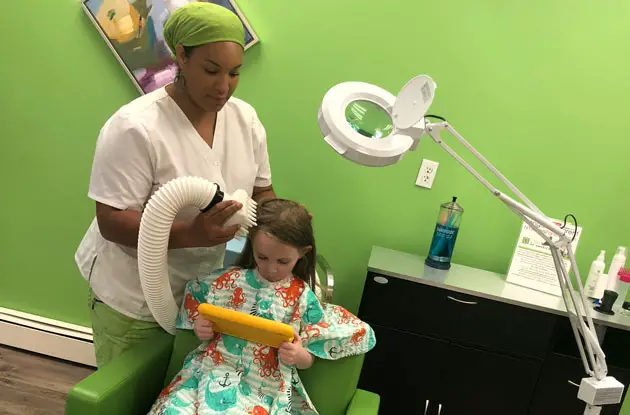
Lice Clinics of America Opens in Scarsdale
Lice Clinics of America opened a Scarsdale location in mid-May, bringing its one-hour lice removal service to the area. The clinic’s staff is certifie...Family Activities:
Have a Laugh:

Best Memes of the Week for Parents
Here are the funniest parenting memes from Instagram, Facebook, and Reddit this week.Featured Listings:
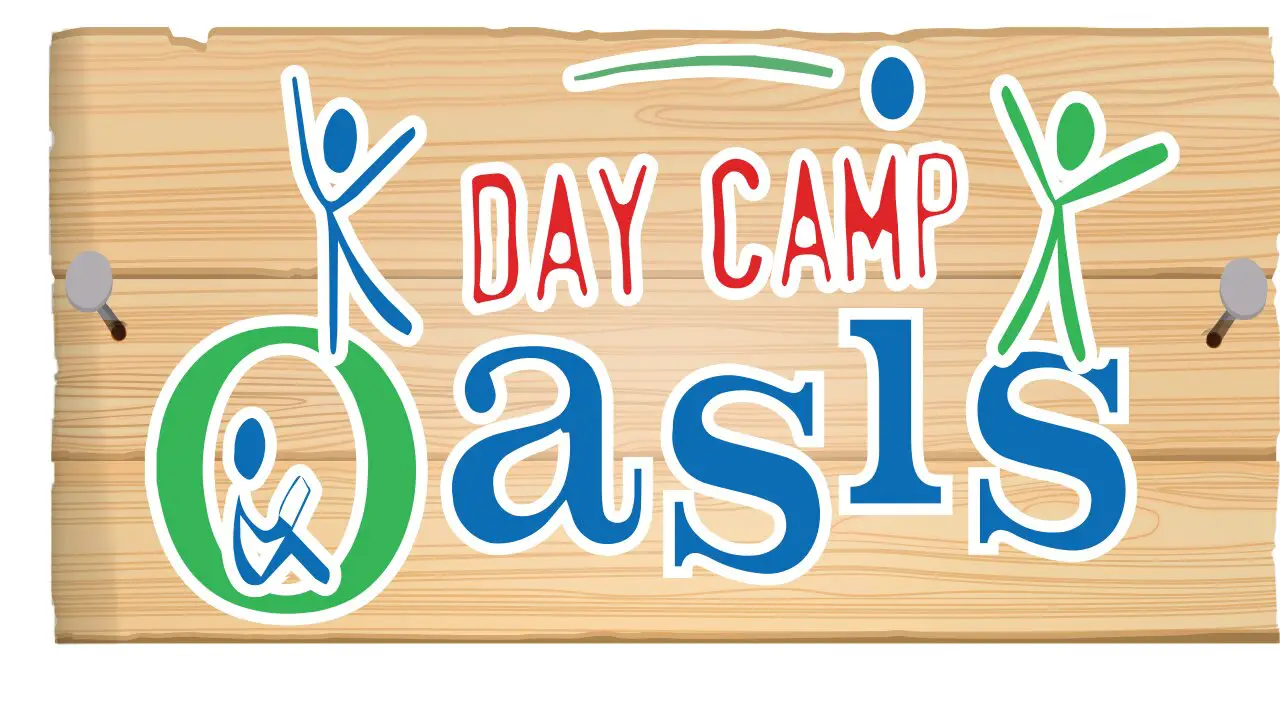
Oasis Summer Day Camps in Manhattan
Central Park, Manhattan,

Tenafly Pediatrics
Park Ridge, NJ Our practice offers comprehensive care from infancy to young adulthood.
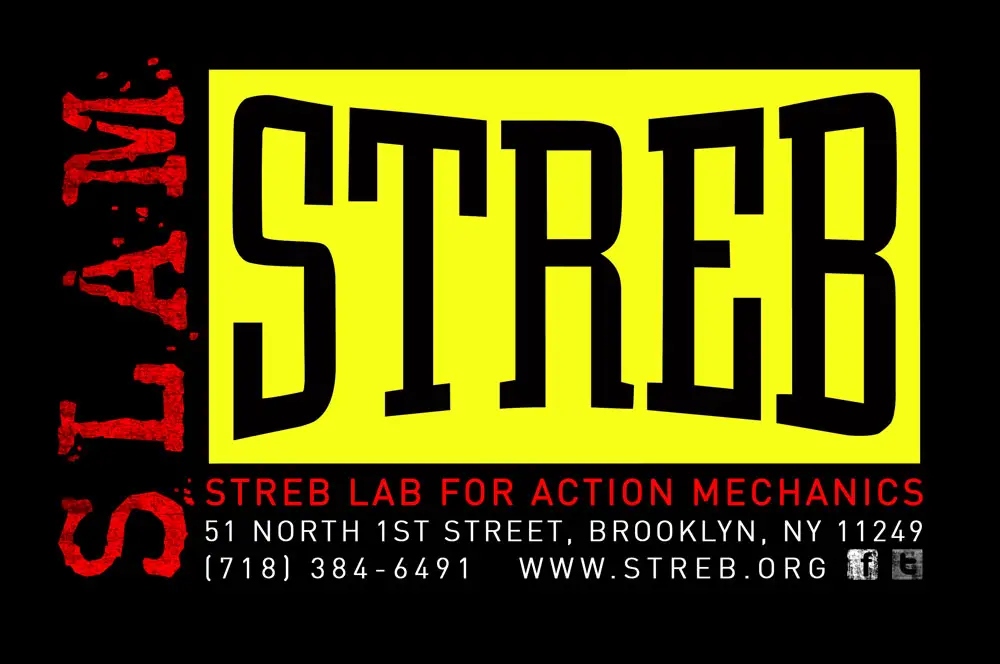
STREB
Brooklyn, NY Come take ACTION classes or book a party at the STREB Lab for Action Mechanics (SLAM) the home of MacArthur Foundation "Genius Award" winning Action A...

Child Behavior Consulting, LLC
Child Behavior Consulting (CBC) specializes in turning, “I can’t” into “I CAN!” when working with children who have ADHD, executive functioning delays...

